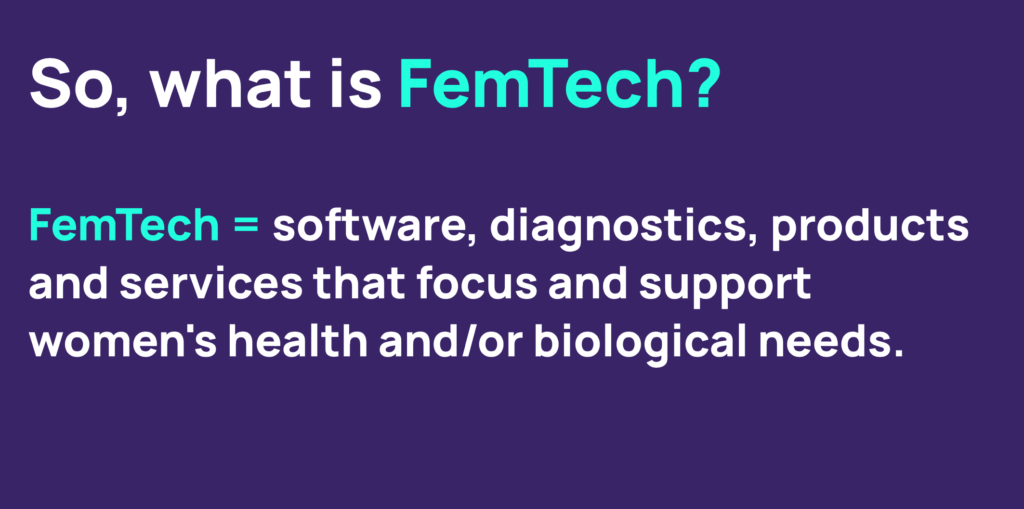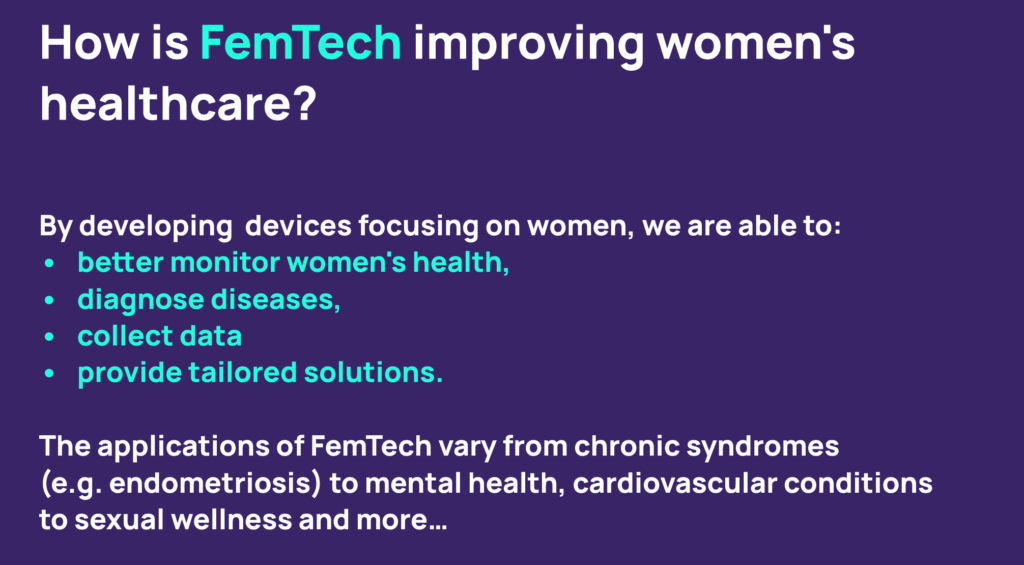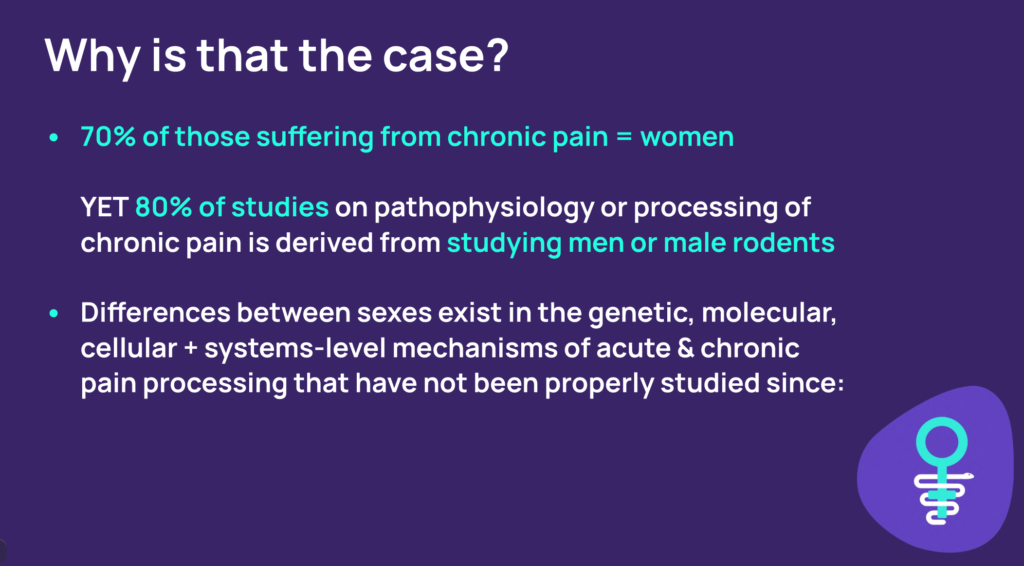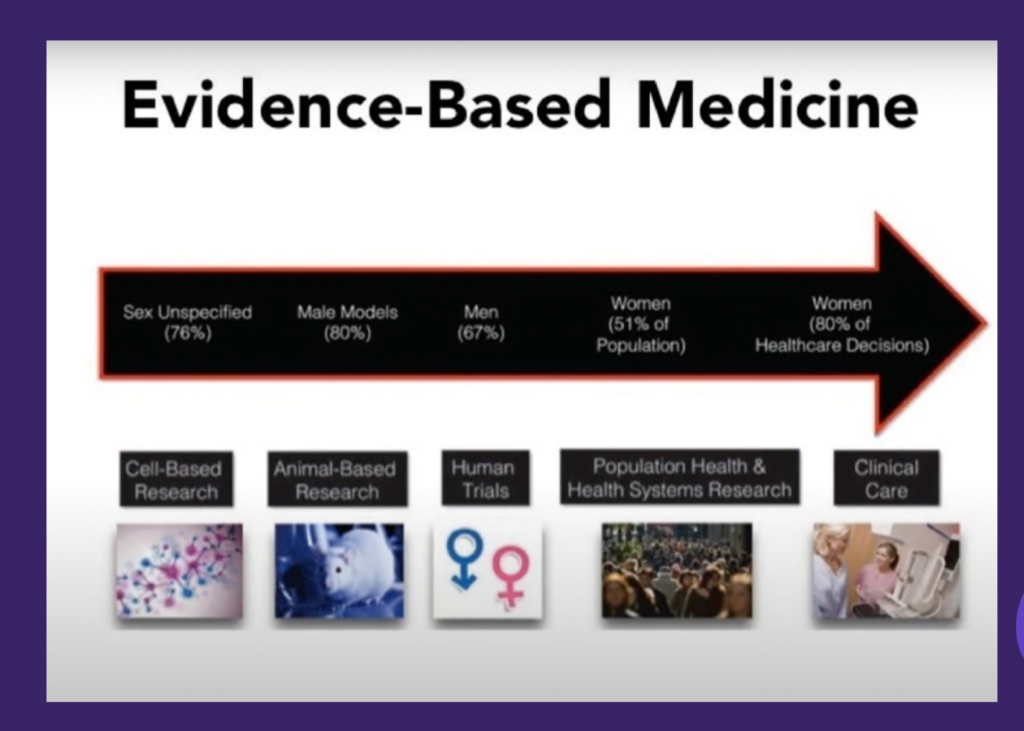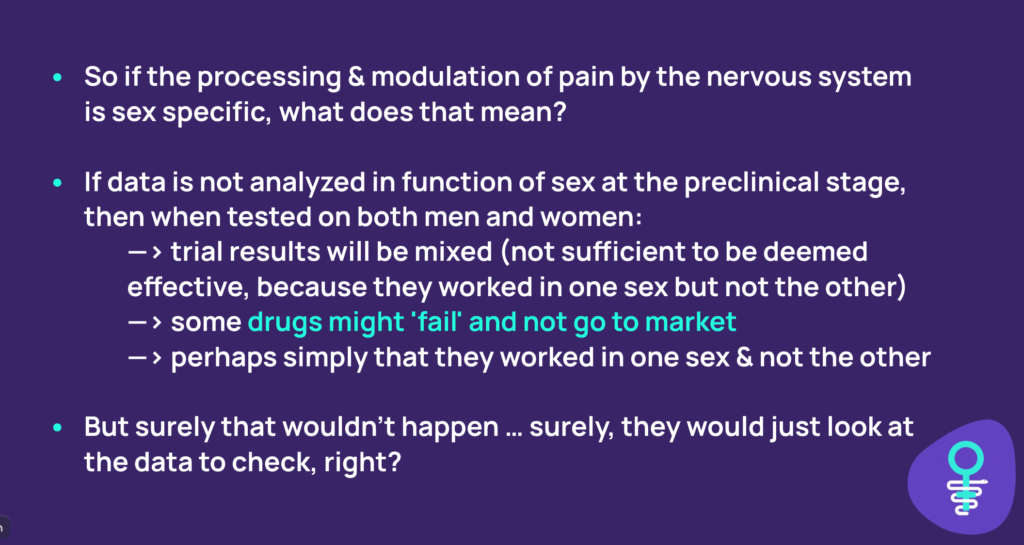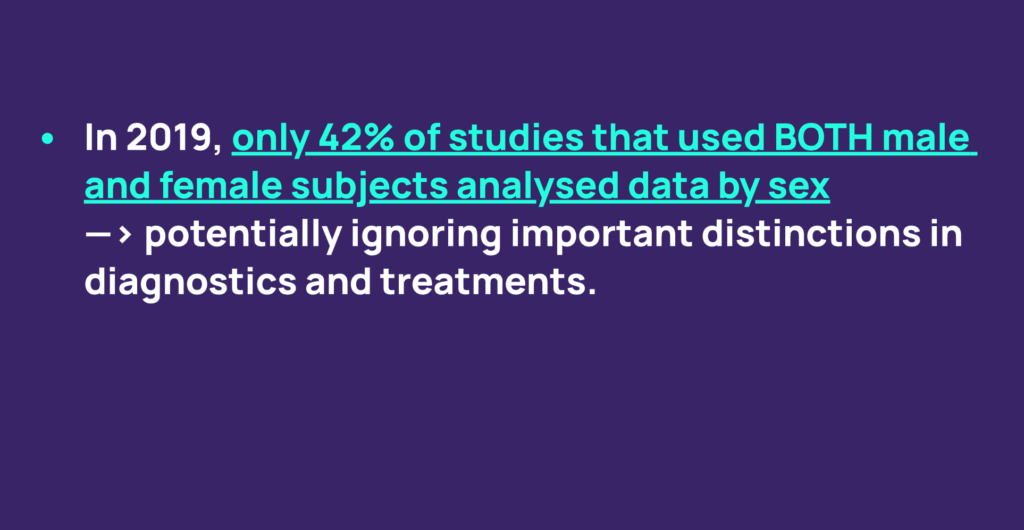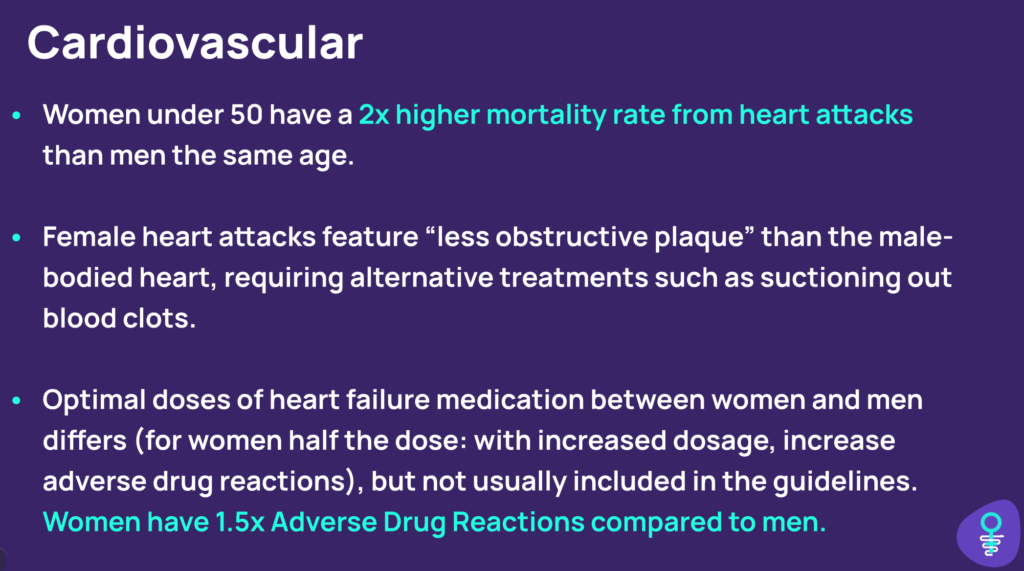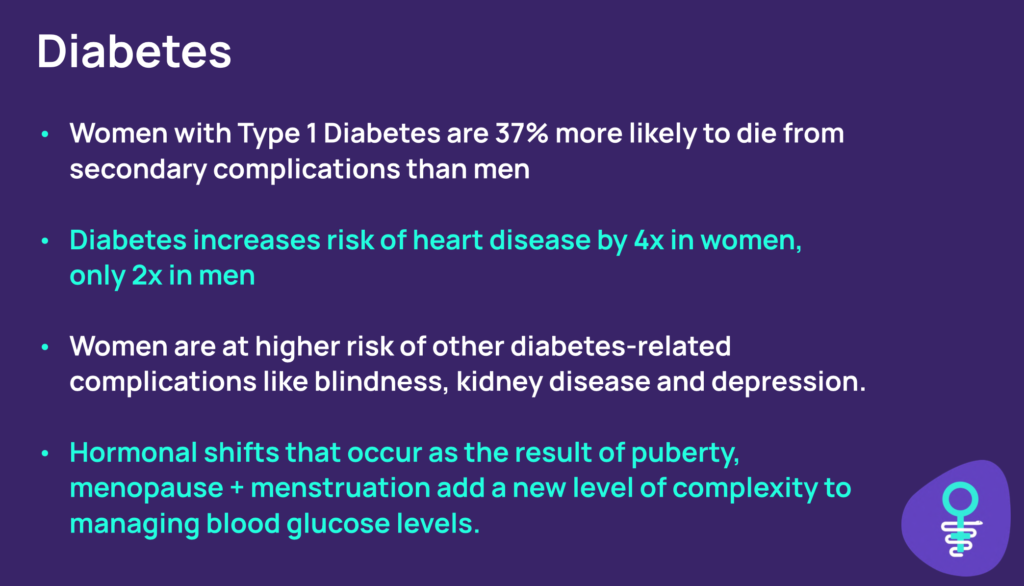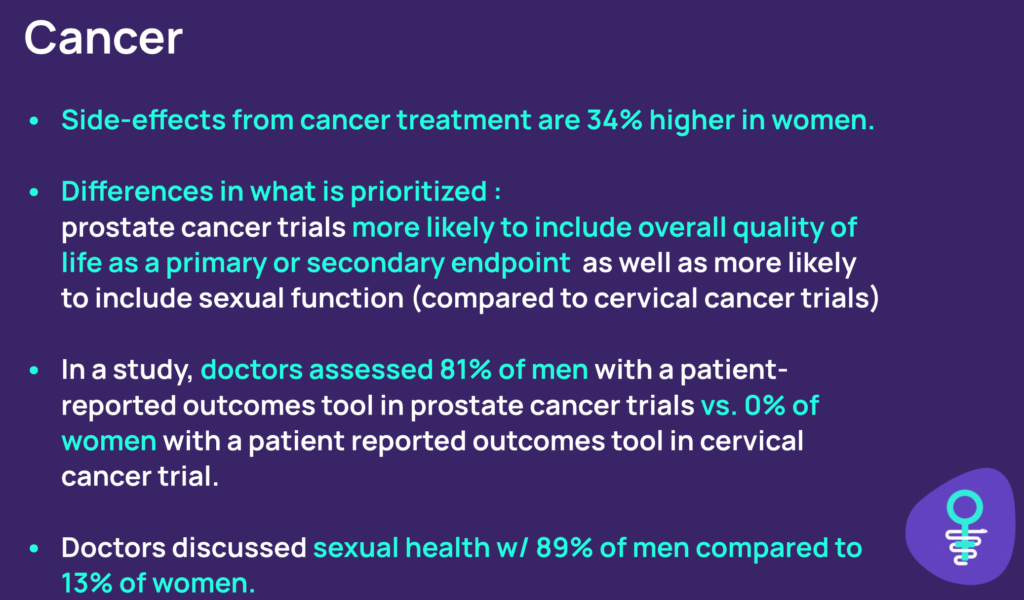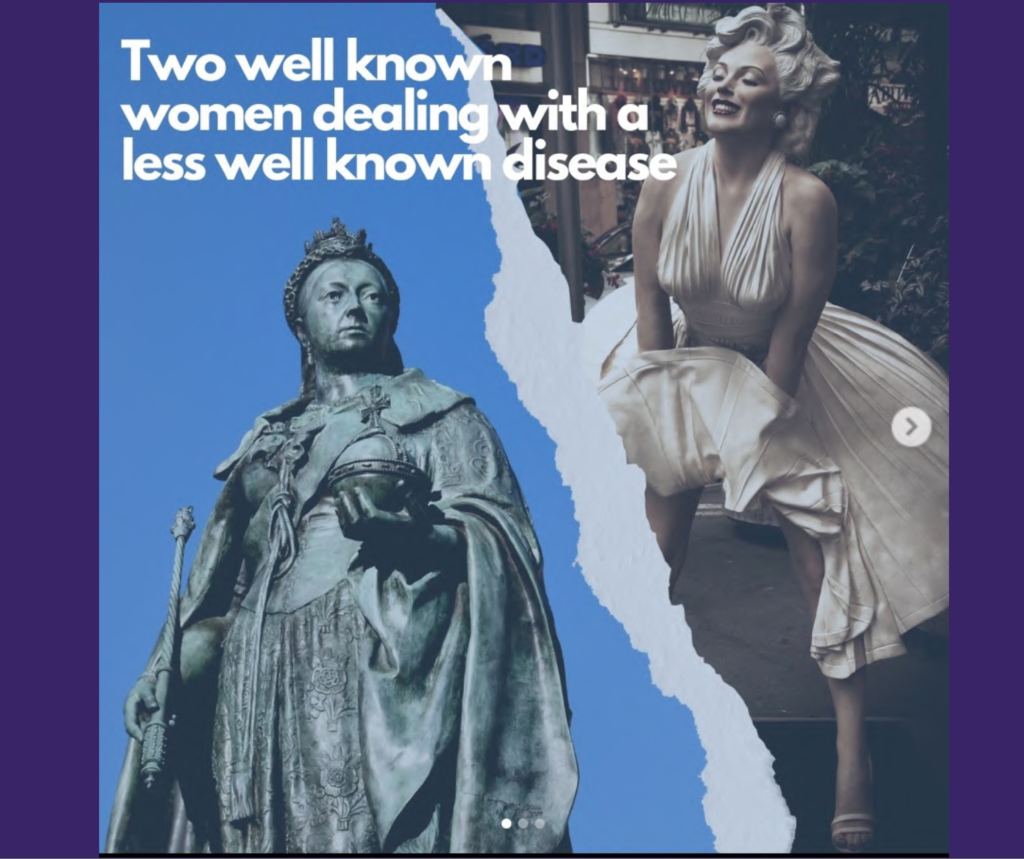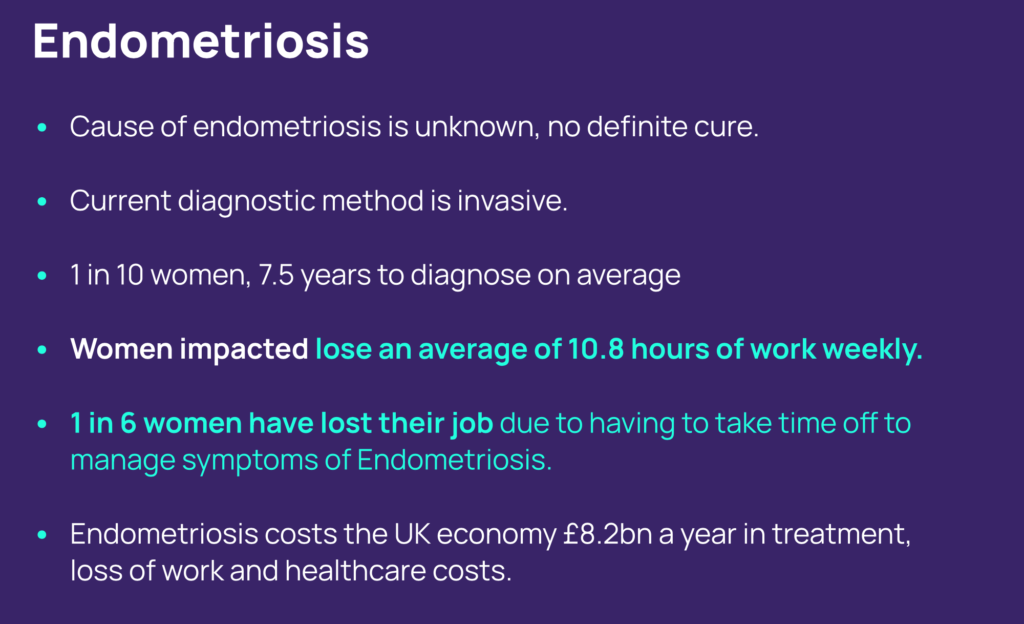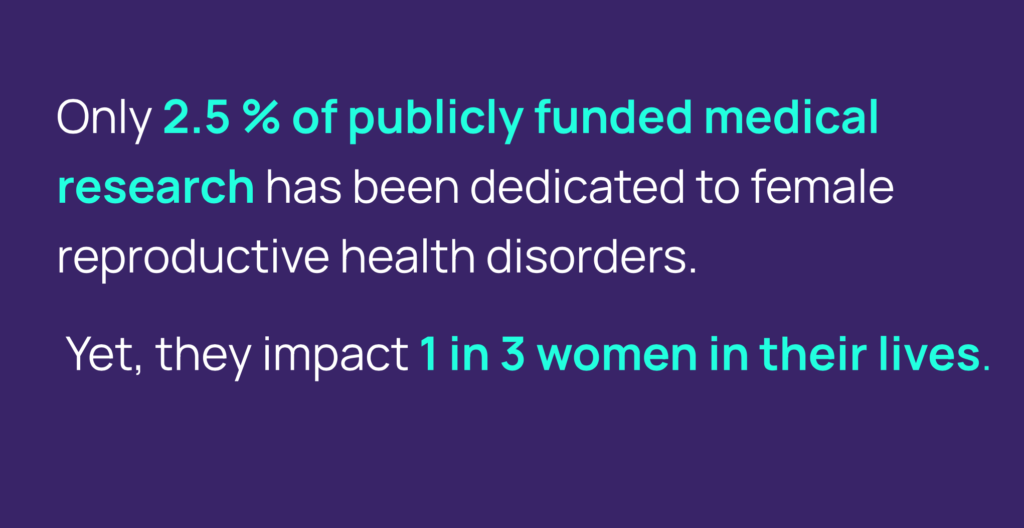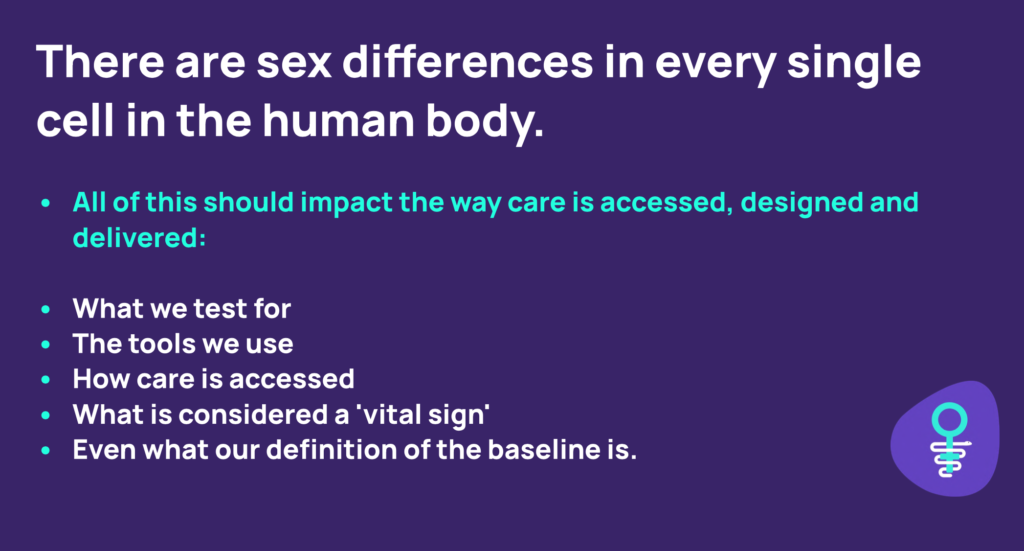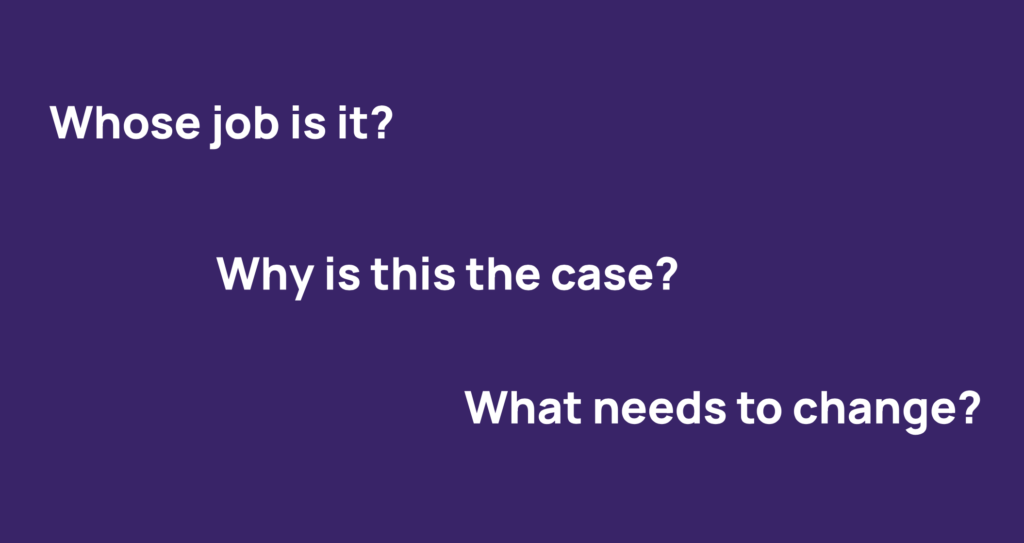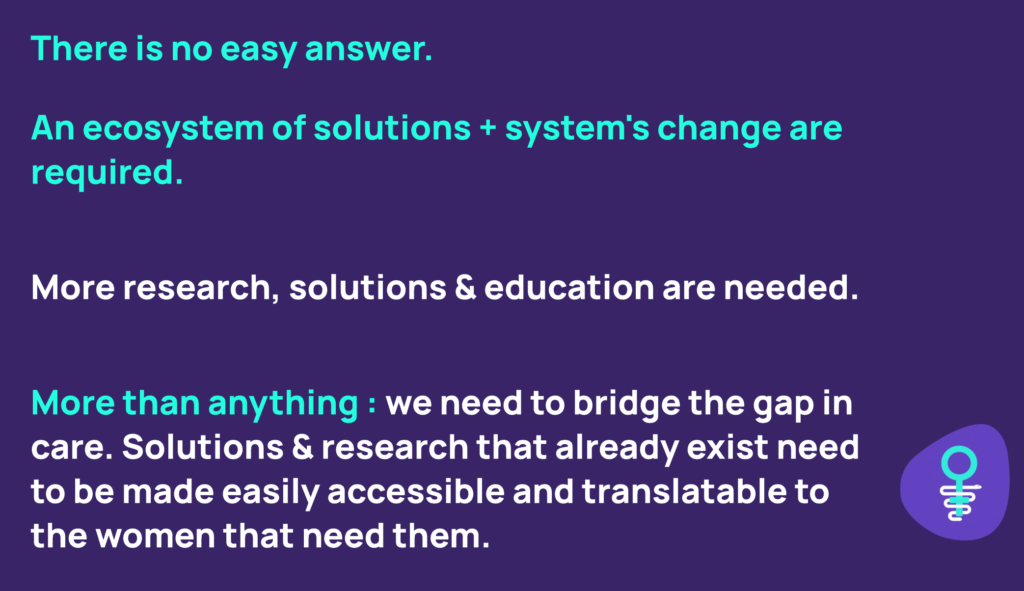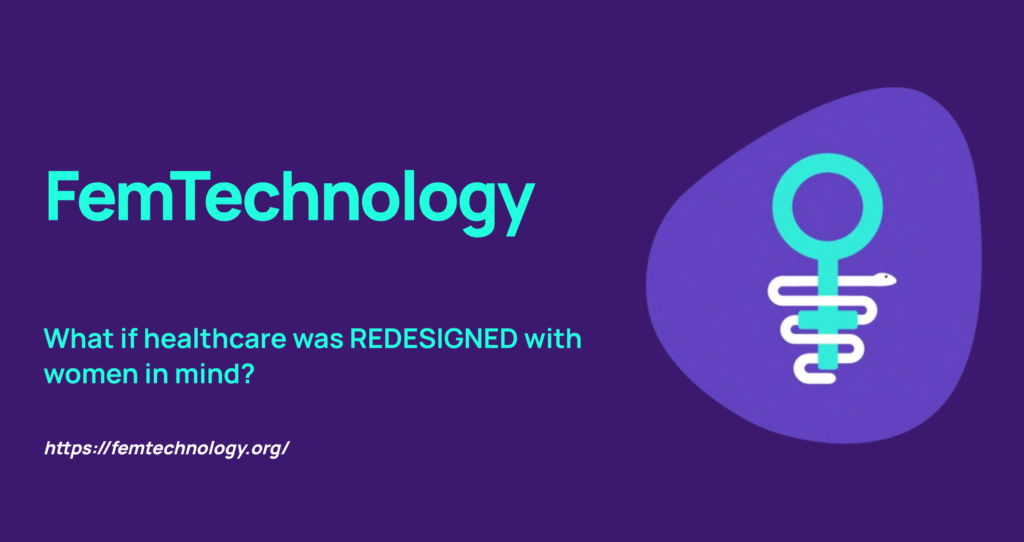 What if FemTech was healthcare’s next great redesign? (Or, in other words, why does healthcare need a redesign).
What if FemTech was healthcare’s next great redesign? (Or, in other words, why does healthcare need a redesign).
The above stats are somewhat depressing but also present a tremendous opportunity because healthcare is not static. And healthcare at this moment in time in particular is not static. With the cost of genetic testing going down radically, the more widespread adoption of telehealth (due to COVID but a paradigm shift in the way care is delivered), digital therapeutics and the implementation of DIGA in Germany. The very structure of our healthcare system is changing – by necessity. The healthcare system is going to be forced to adapt because we have a shrinking healthcare workforce, an ageing population – healthcare is going to be forced to be reimagined, is in fact being reimagined as we speak. As it should.
How can that be the case? How can male-prevalent diseases like tuberculosis, prostate cancer and hepatitis get two times the research funding dollars compared to female-prevalent ones like endometriosis, PCOS, migraines and eating disorders — and what can we do about it? Enter: FemTech. (Okay, it was somewhat predictable that we were going to talk about FemTech here … but what even is it?).

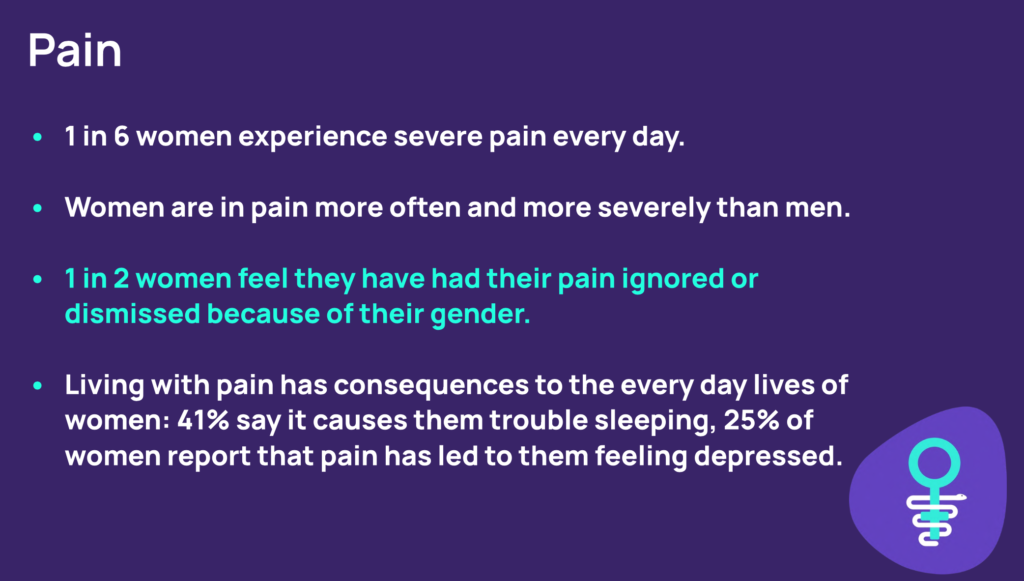 If you would like to find out more about the Gender Pain Gap : Nurofen’s Gender Pain Gap Report has some fabulously shocking statistics about women’s health.
If you would like to find out more about the Gender Pain Gap : Nurofen’s Gender Pain Gap Report has some fabulously shocking statistics about women’s health.
https://www.nurofen.co.uk/see-my-pain/ is particularly insightful
The work of Jeffrey Mogil, a Canadian neuroscientist and the E.P. Taylor Professor of Pain Studies and Canada Research Chair in the Genetics of Pain at McGill University, is also particularly insightful.
So why is there such a large gender pain gap?
Does that seem like it makes a lot of sense? That 80% of research is performed on male models, whilst women account for 80% of healthcare decisions?
Okay, but surely the statistics are *only* that bad when it comes to women’s pain?
Well … not quite.
Did you know that heart attacks are the number one cause of death in women and yet women (under the age of 50) have a two times higher mortality rate from heart attack than men the same age?
Okay, so cardiovascular treatment and pain treatment for women is somewhat suboptimal … but surely that’s it, right? When it comes to the other organ systems women don’t have worse outcomes than men.
Not quite … 1 in 9 women in the US have Diabetes and YET:
Cancer is no exception. With women having a nearly 50% increased risk of serious side effects from immunotherapy compared with men. The National Cancer Institute has a great article about this.
Why is that the case? “With prostate cancer, for example, patients often have multiple treatment options, and sexual side effects are a common consideration when choosing between therapies. With cervical cancer, however, there is less variability in the treatment paradigm. Physician comfort in talking about sexual dysfunction with female patients cannot be discounted.” – Dr. Takayesu.
Men can also choose between many sexual dysfunction medications approved by FDA —>few to none exist for women.
Okay, but when it comes to female specific conditions … maybe the statistics are better? They’ve got to be right. The problem is we just associate women with diseases like endometriosis, PCOS etc., right?
Yeah … not exactly. Endometriosis is a fabulous example of this. It impacts 10% of women globally, costs the UK economy 8.2 billion annually and yet : the exact cause of endometriosis is unknown, there is no definite cure and the current standard diagnostic method is incredibly invasive, resulting in a 7.5 year time frame to diagnose the disease.
If you have an idea for a startup or researcher in women’s health / FemTech you think we should feature– we’d love to hear from you.
If you’d like to be actively involved in what we’re building : as a volunteer or as a Beta Tester — FemTechGuide translates these innovations (research, solutions and services) to enable direct access to patients and physicians to help bridge the gap in care.
________________________________
Or would you like to attend our flagship FemTechnology Summit (bringing together the most innovative payers and players in women’s health together) in person? Apply to attend here :


